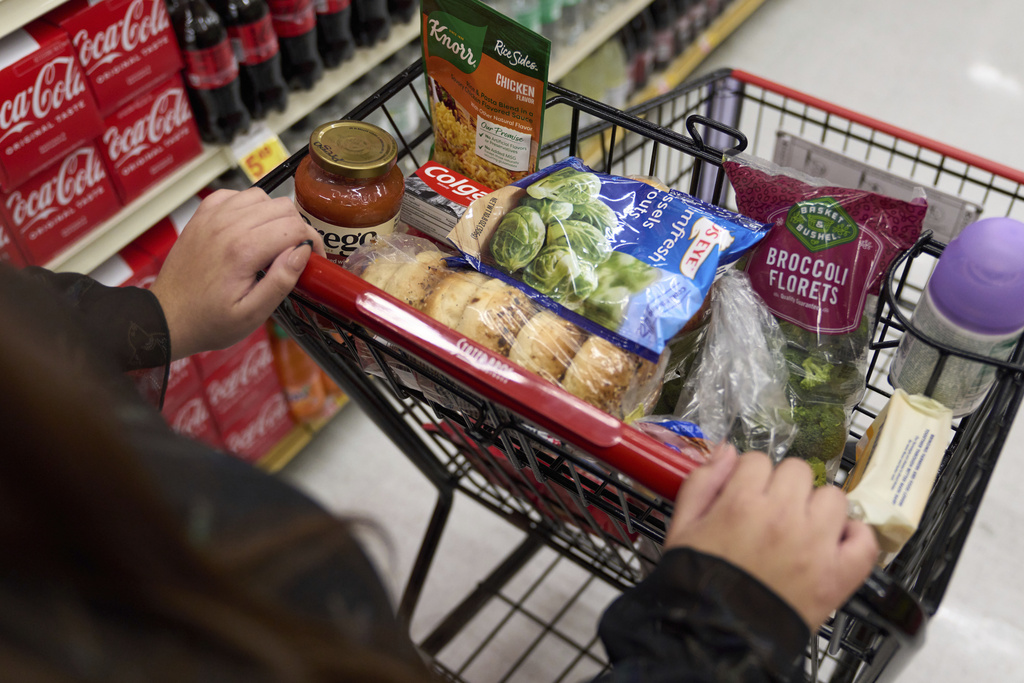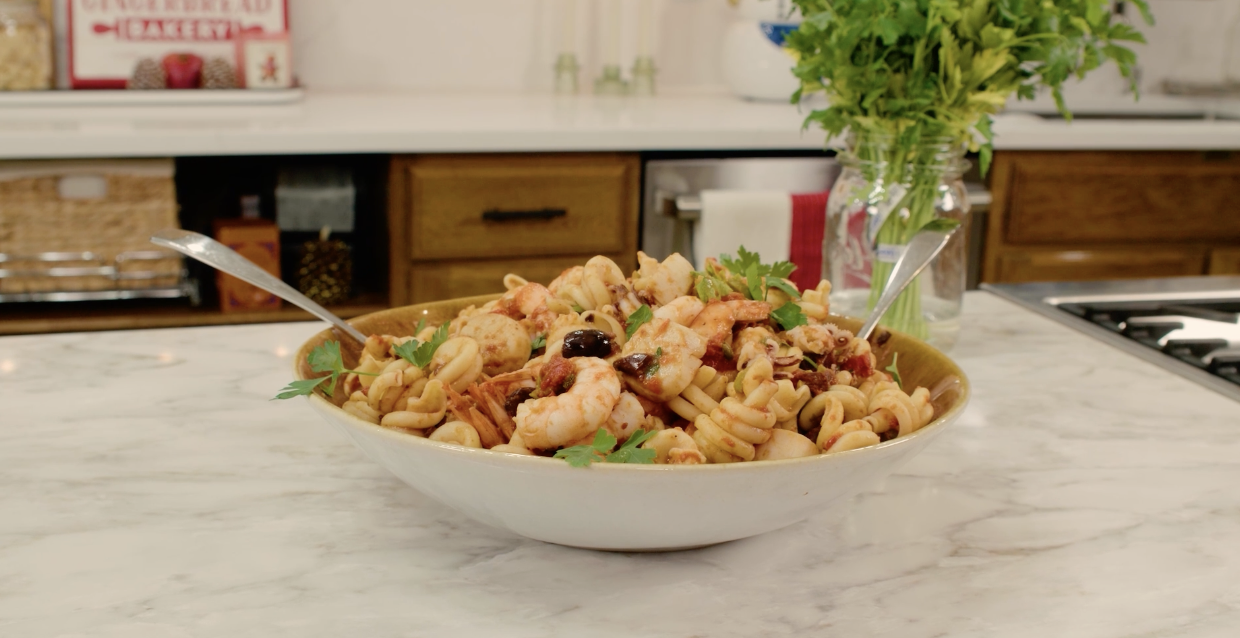A few years ago, I went to my local animal rescue to adopt a dog.
When I selected a poodle mix named Jake, the shelter manager explained that he was part of a "bonded pair." So Peppa hopped in my backseat, too.
"You fell for the old 'bonded pair' trick, huh?" my husband said. "And your adoption fee got doubled?"
Yep, that's what happened.
But now, it seems I am vindicated. According to a new study, a dog who lives with another dog — so the two are digging together, barking together, vying together for the next belly rub — tends to be healthier than a dog without such regular social interaction.
While Jake and Peppa were not involved in the study, I can say they are both pretty healthy! In the photo below, they are taking a break from sniffing my shoes in order to play together.
 JEN KIZER / SIMPLEMOST
JEN KIZER / SIMPLEMOST
Dogs benefit from having companions
The study itself was conducted by a group of scientists from Arizona State University, the University of Washington, the Allen Institute for Brain Science, the University of Alabama at Birmingham, and Virginia Tech. Results were published in May by the journal Evolution, Medicine, and Public Health.
They based their findings on survey data from 21,410 dogs from the Dog Aging Project. The Dog Aging Project is dedicated to learning how genes, lifestyle and environment affect aging in dogs and their owners.
It should be noted that the study makes a correlation, as compared to implying direct causation; the researchers don't make any specific claims about the data. But they did find an association between canines with buddies and better health outcomes.
And it's not just dog pals that lead to better health outcomes. Dogs living with any other non-canine companions (such as cats or other pets) "had higher reported health scores and fewer disease diagnoses than dogs who had fewer household companions," the study said.
 shutterstock
shutterstock
Social support is most important for dog health
The researchers also studied how other environmental factors affected dogs’ health. Specifically, they looked at neighborhood stability, total household income, social support (from children and animals) and owner age.
Not surprisingly, they found that financial and household instability negatively impacted companion dogs’ health and mobility. But those components were nowhere near as impactful on a dog’s health as having a companion or two. In fact, they concluded, “the effect of social support was 5x stronger than financial factors.”
Anyone who owns dogs can infer at least one of the reasons for these results. Playtime is an essential component of a dog’s health and overall development.
“Exercise provides all dogs with mental stimulation and keeps them active, which can help prolong their lives and reduce the risk of obesity,” the American Kennel Club said.
But human companions can only play so much with their dogs. A canine friend offers another outlet for this type of healthy activity.
The health of dogs is linked to human health
Ultimately, the study shows we need to do more research to understand how all the factors studied relate to each other to impact the well-being of animals, and the authors behind the study plan to take a deeper dive into this work. But while the survey’s main goal was to learn how to advocate and care for our canine companions, it wasn’t just about dogs.
“We turned to dogs for this question because they share so much of our environment and lived experiences, but because of their shorter lives, we can study the environmental effects across the lifespan,” Brianah McCoy, the study’s lead researcher, explained to Fox TV. “This makes dogs a really good model for how our environment might affect us. In essence, by studying how the social environment affects dog health, we can gain insights that may also be relevant to human health.”
One thing this study about dogs can teach us about ourselves is this, she says: “Having a friend around really matters — which I am sure we can all relate to.”
If you are considering adding a second dog to your household, there are a few guidelines to follow for a smooth transition. For example, allow them to have their first meeting somewhere outside the home, so the new dog isn’t invading your current dog’s territory. And make sure they each have their own food dishes and toys — plus individual time with you.
This story originally was originally published by Jennifer Graham Kizer at Simplemost.










